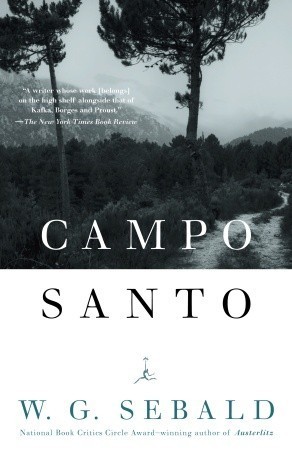What do you think?
Rate this book


240 pages, Paperback
First published January 1, 2003
Victor Gollancz, who in the autumn of 1945 visited several cities in the British-occupied zone, including Hamburg, in order to make first-hand reports which would convince the British public of the necessity of rendering humanitarian aid, notes the same phenomenon. He describes a visit to the Jahn Gymnastics Hall, 'where mothers and children were spending the night. They were units in that homeless crowd that goes milling about Germany "to find relatives", they said, but really, or mainly, so I was told, because a restlessness has come over them that just won't let them settle down.' The extreme restlessness and mobility to which Gollancz testifies were the reactions of a species seeing itself cut off from its ways of escape, which biologically speaking always lay ahead of it, and as preconscious experience those reactions affected the whole new social dynamic developing out of the destruction.